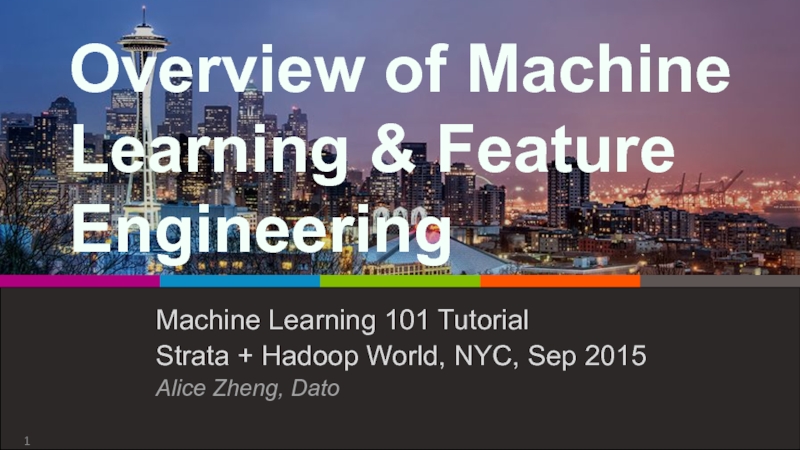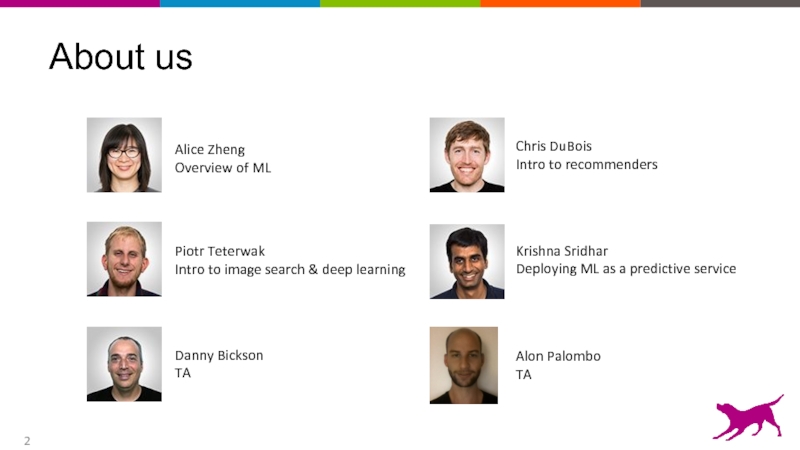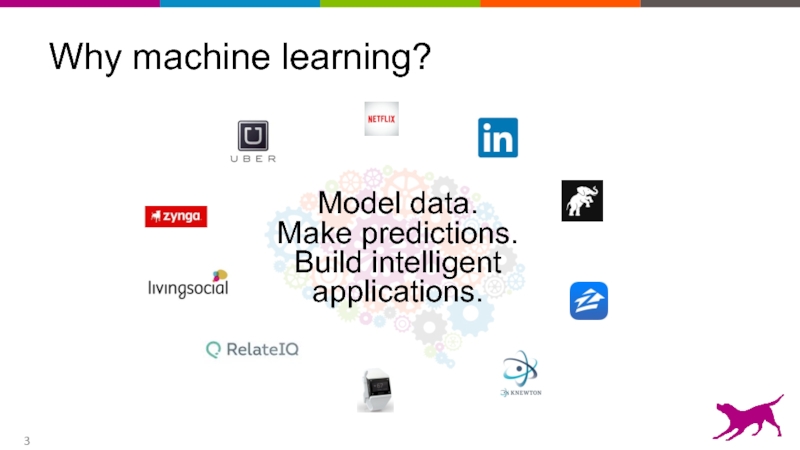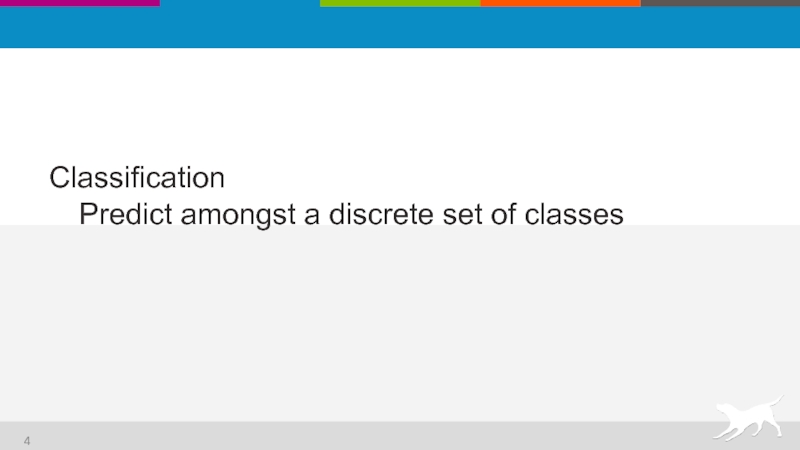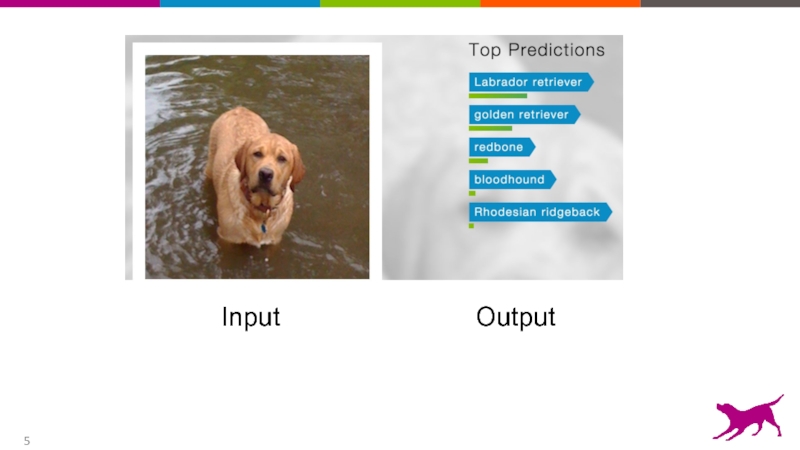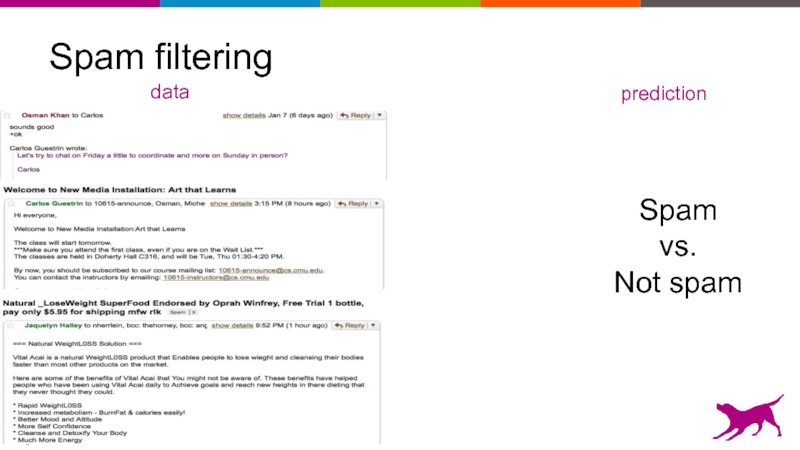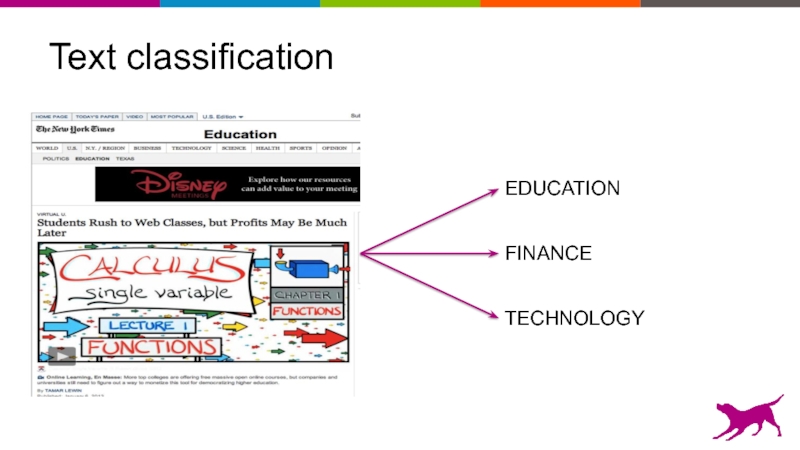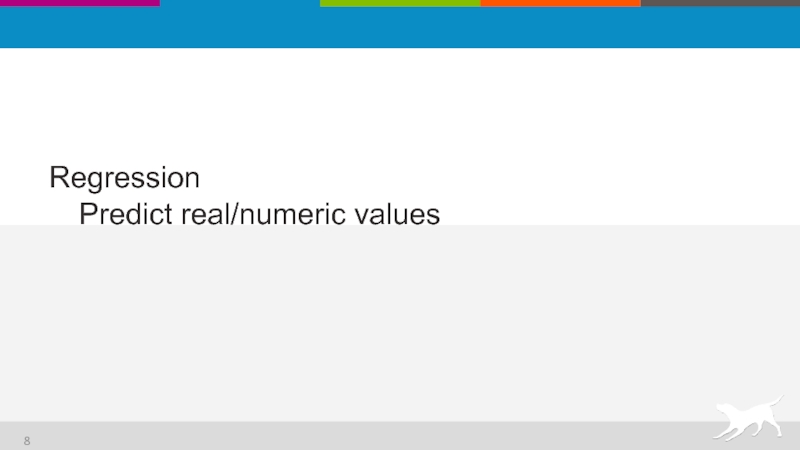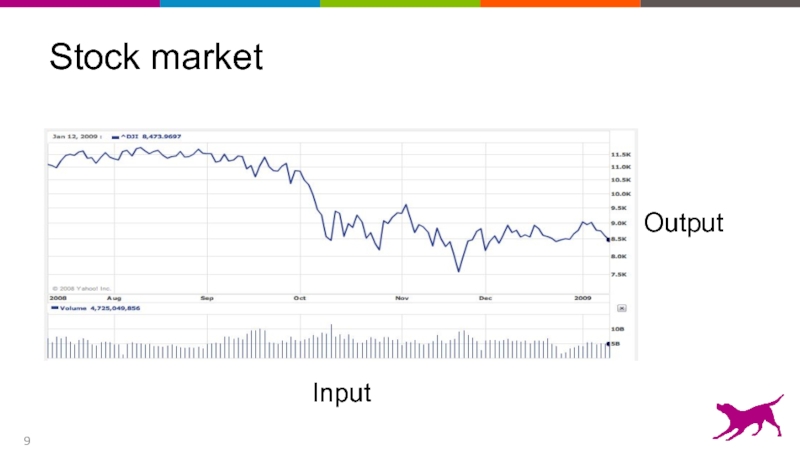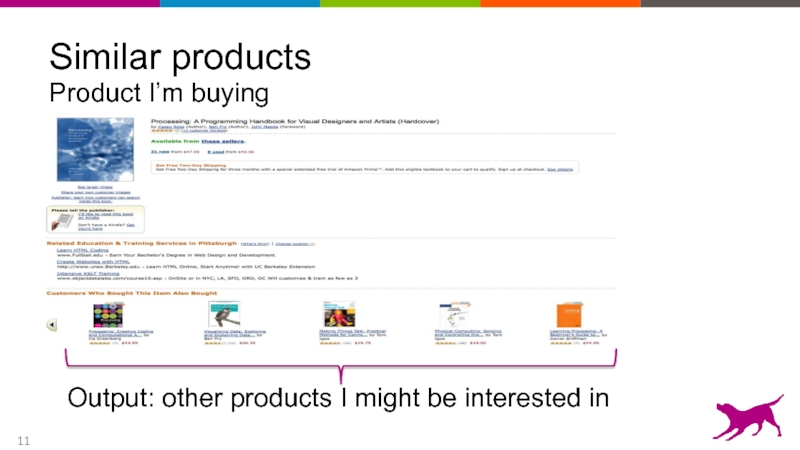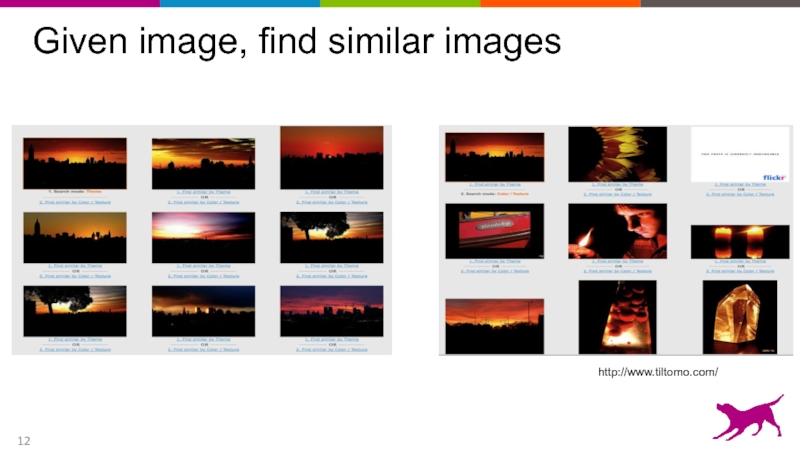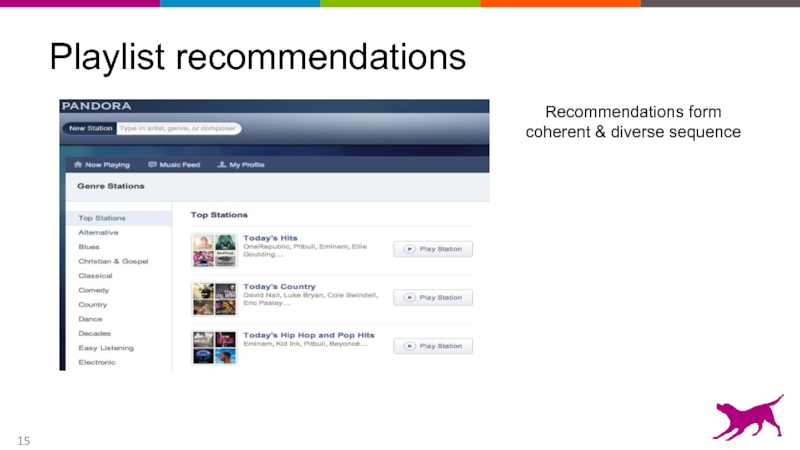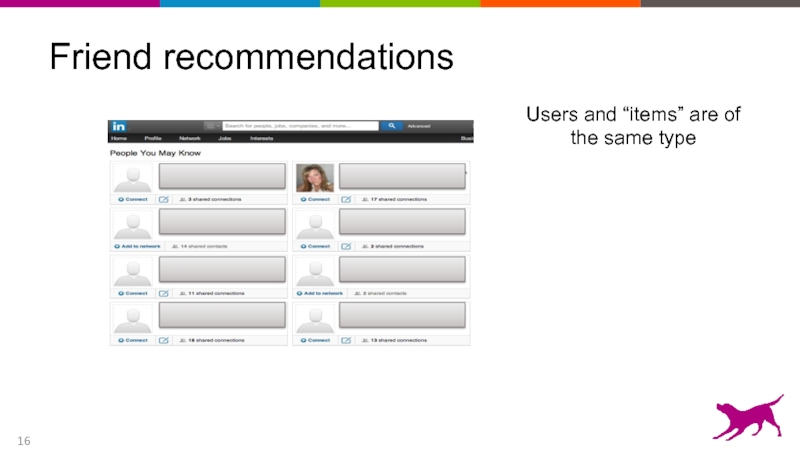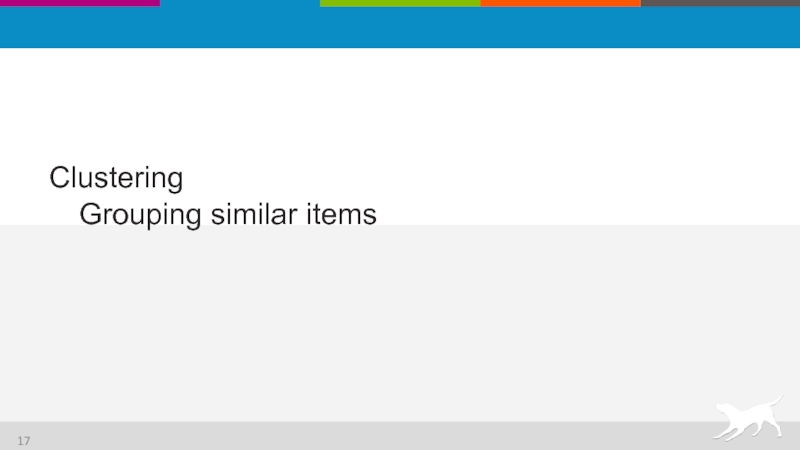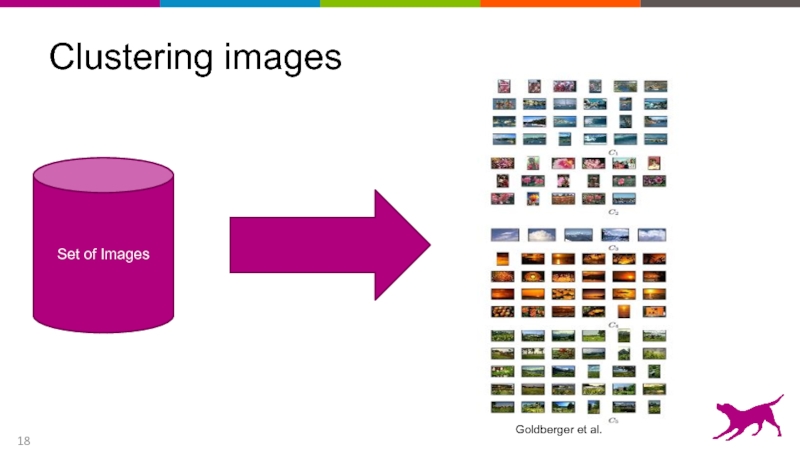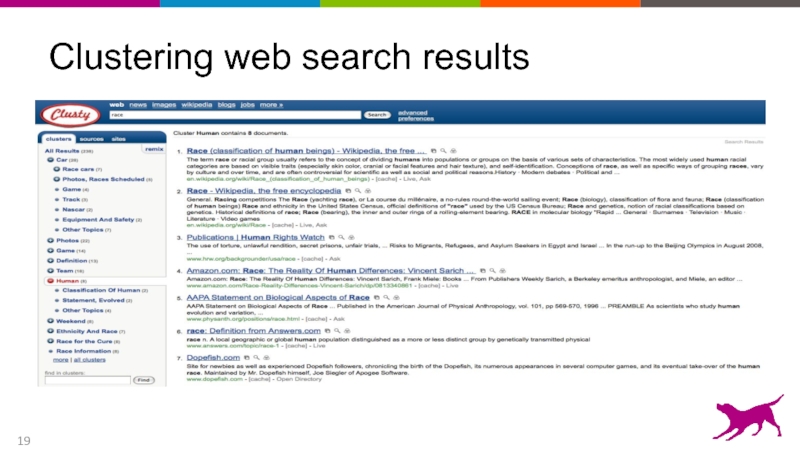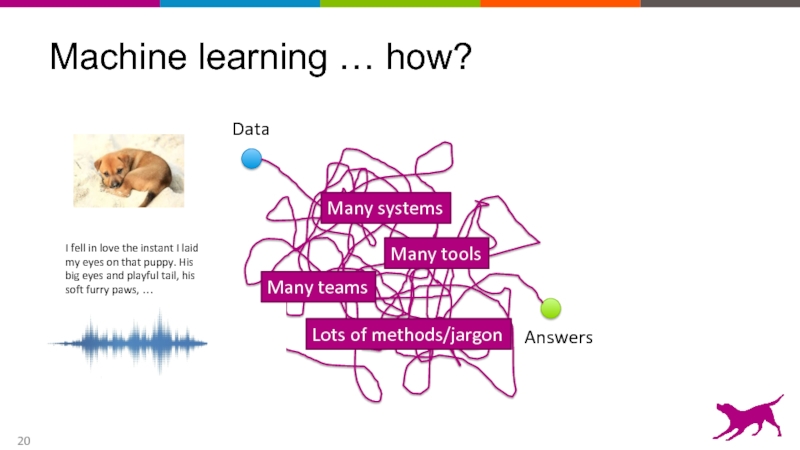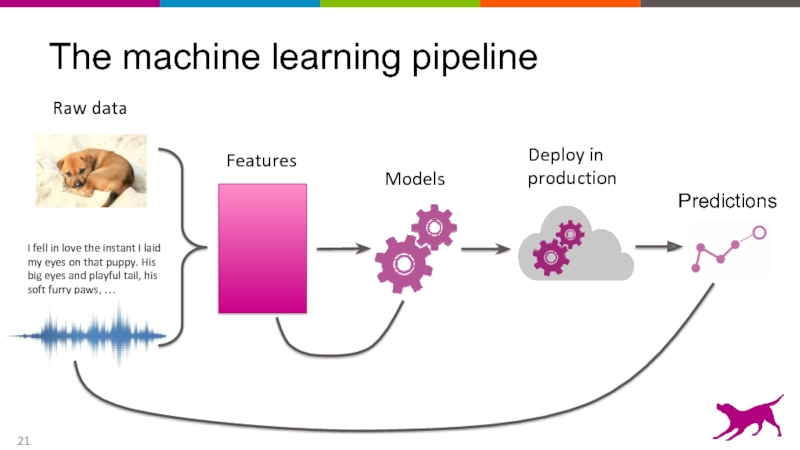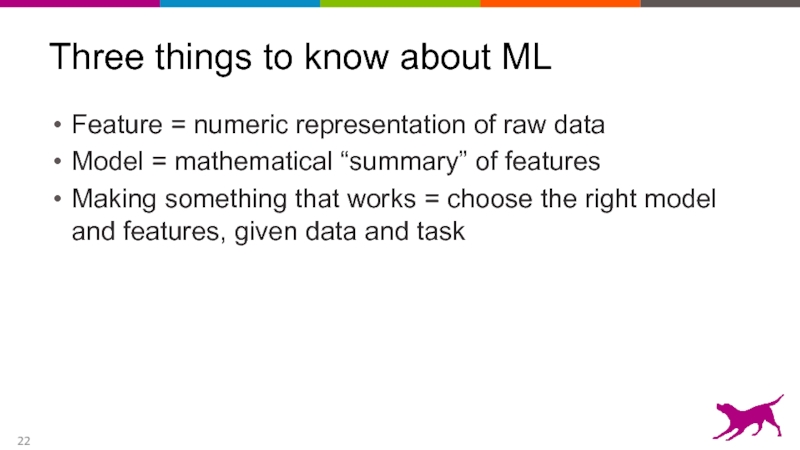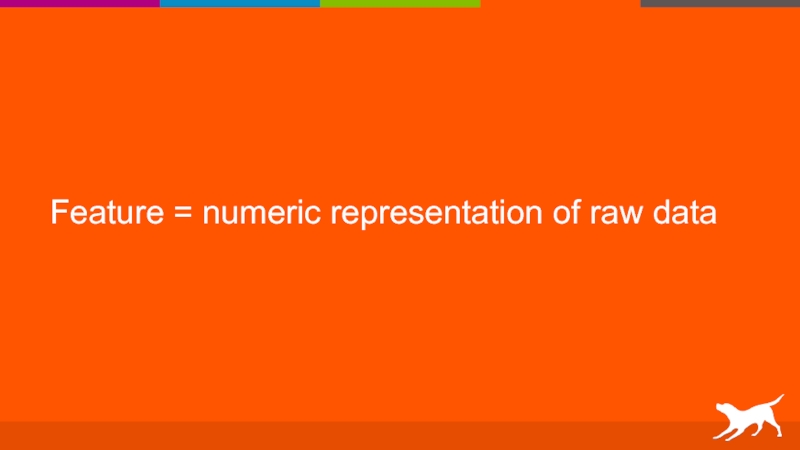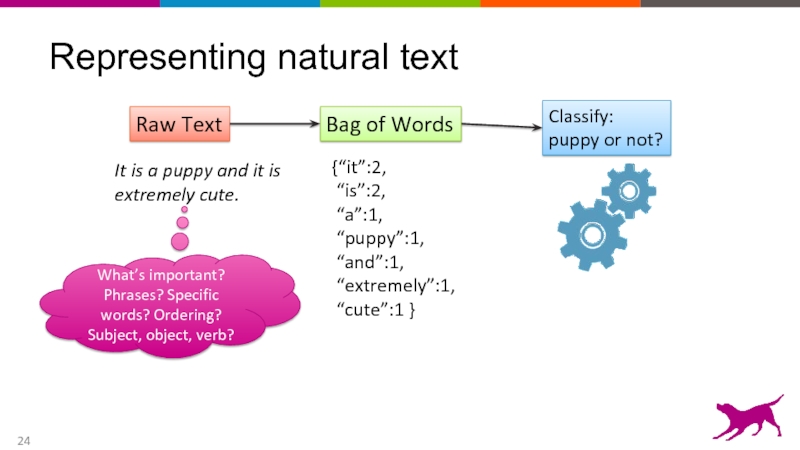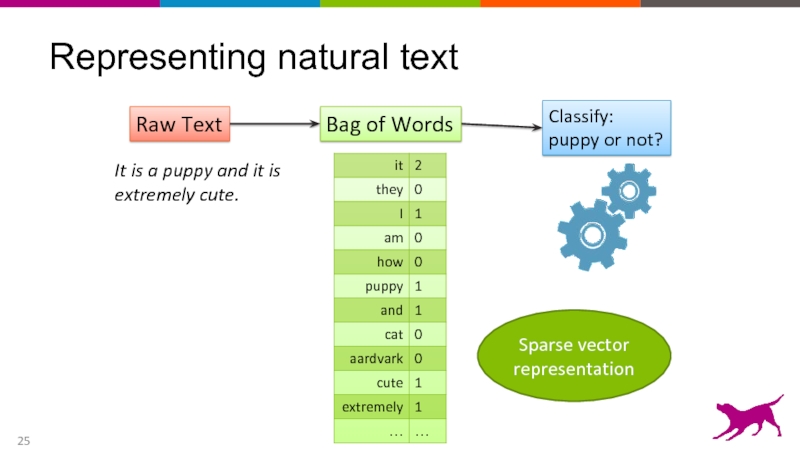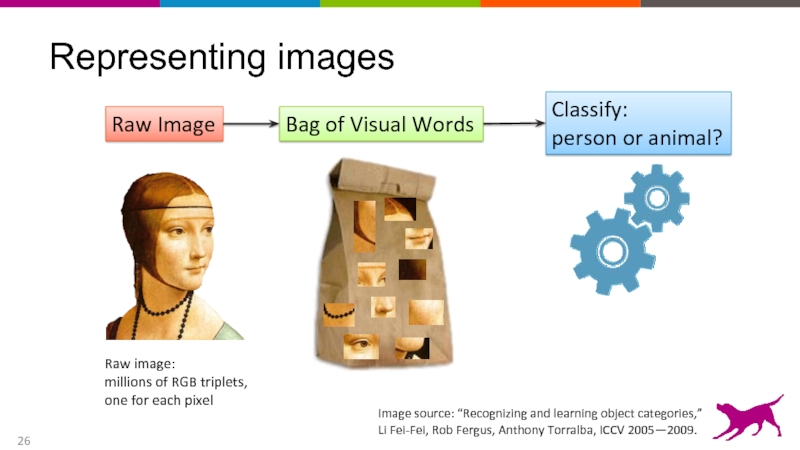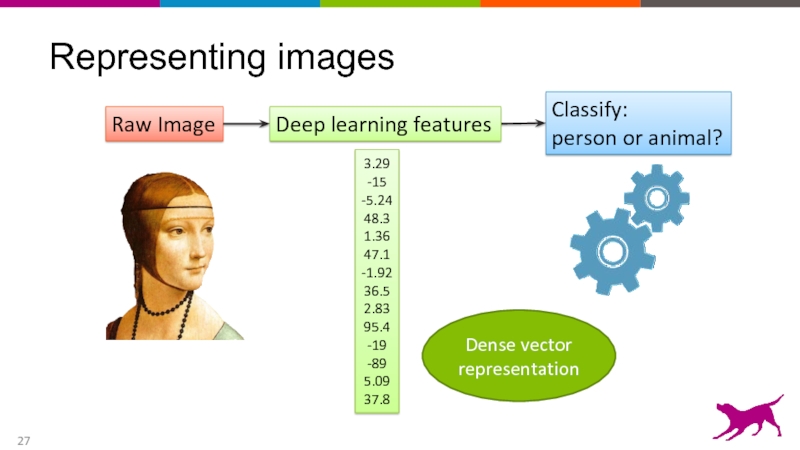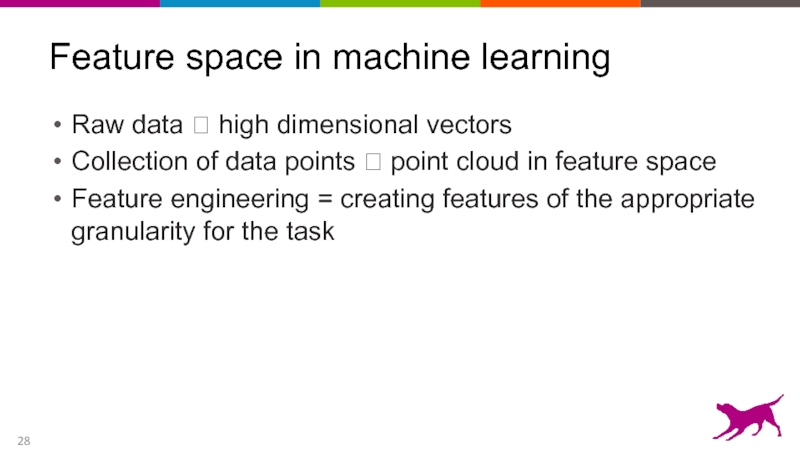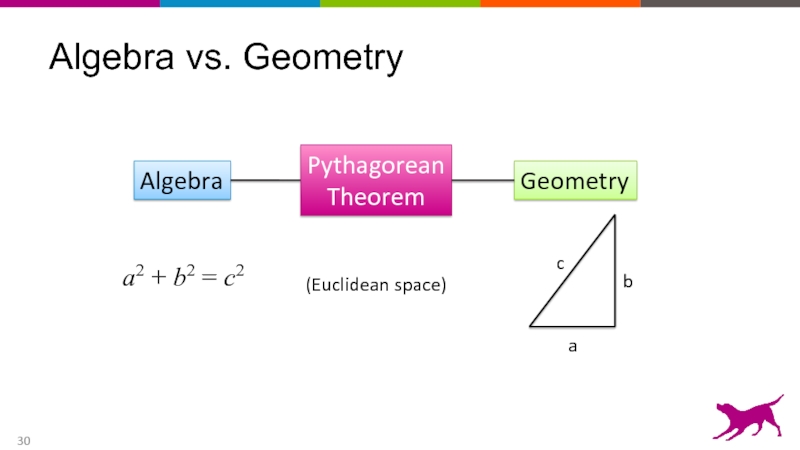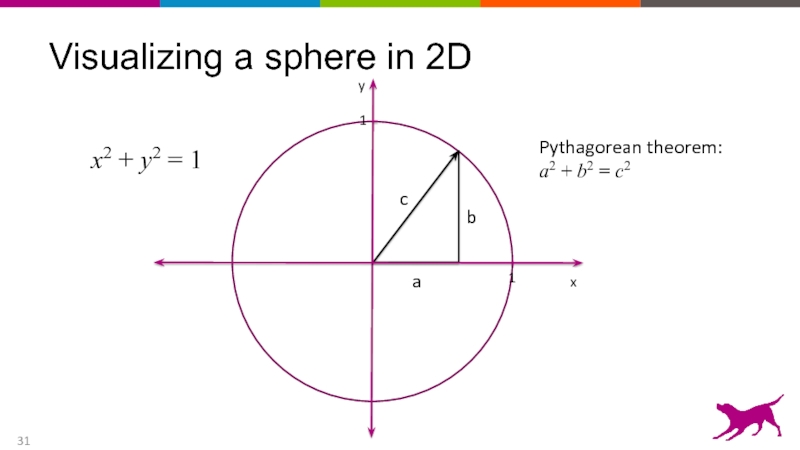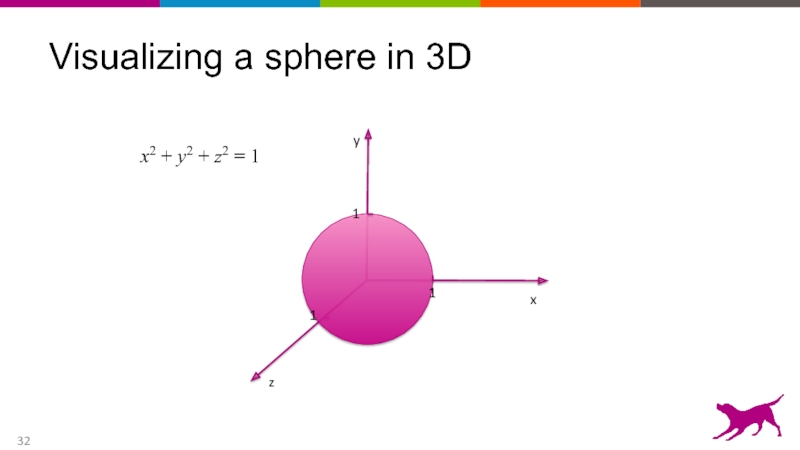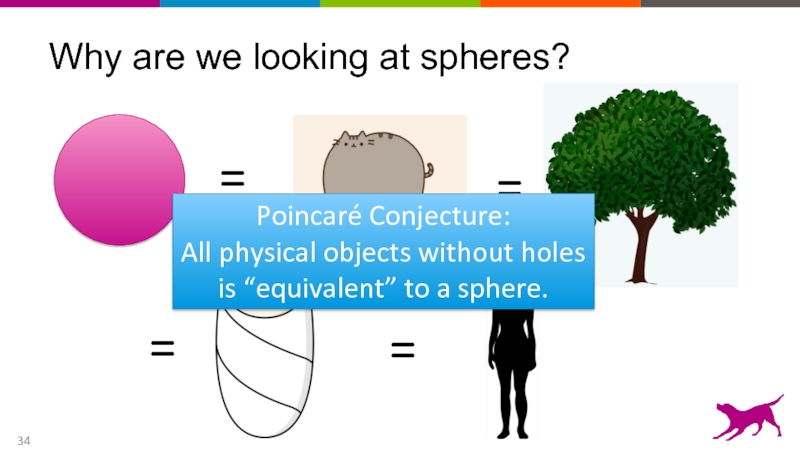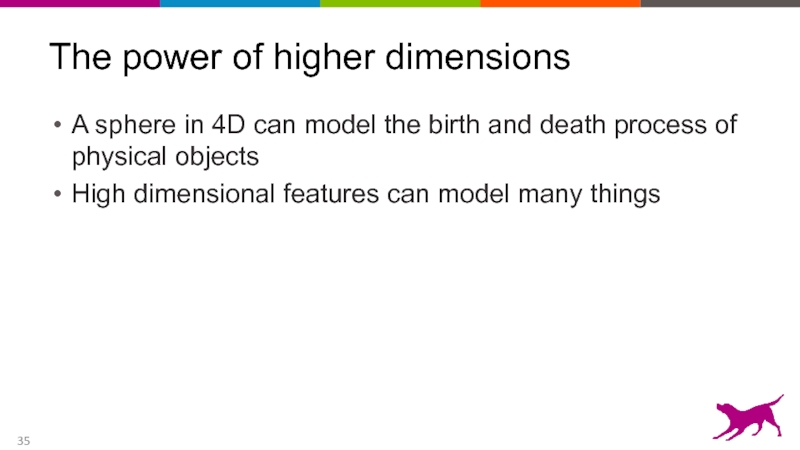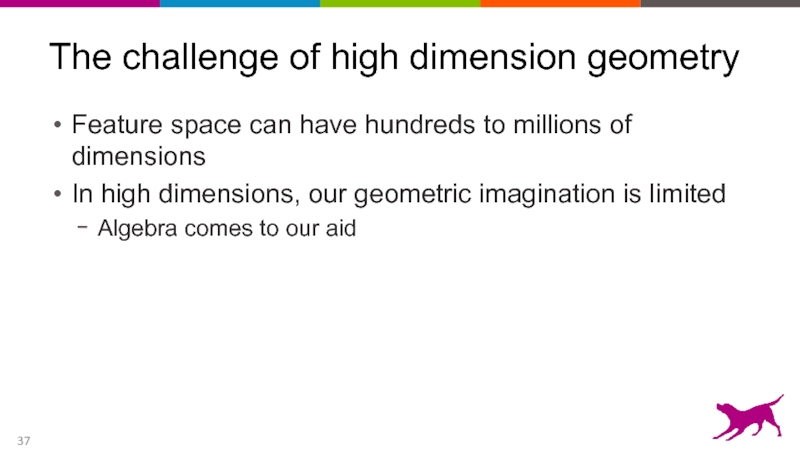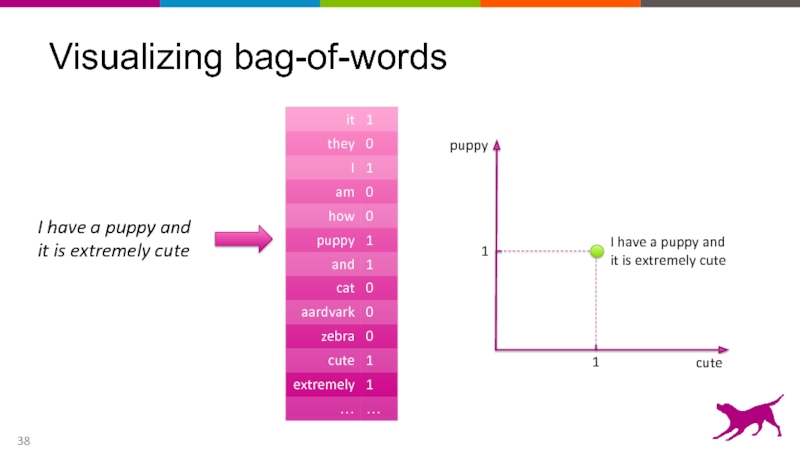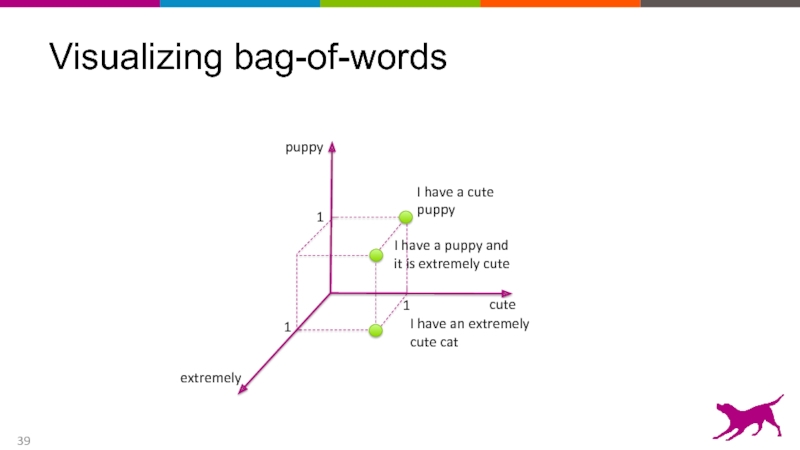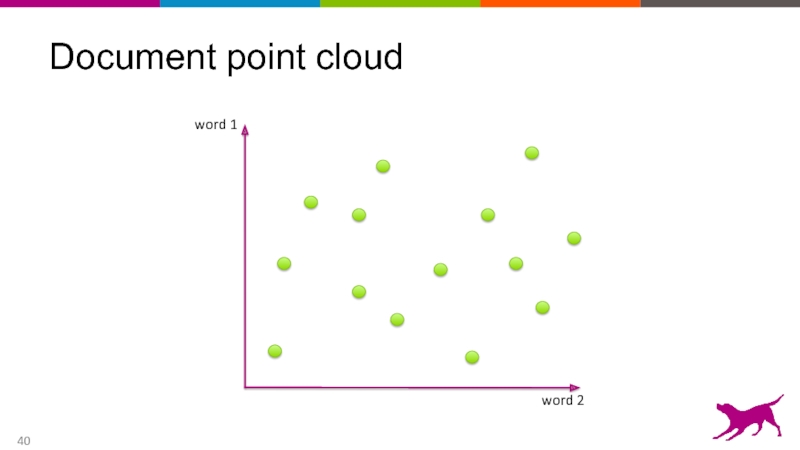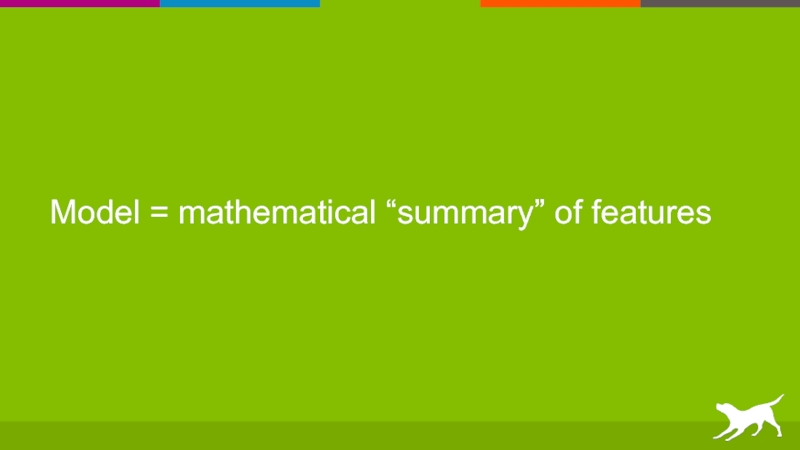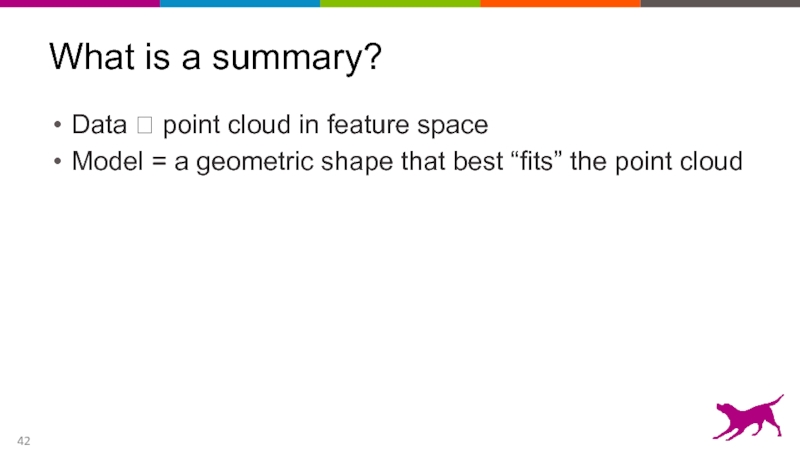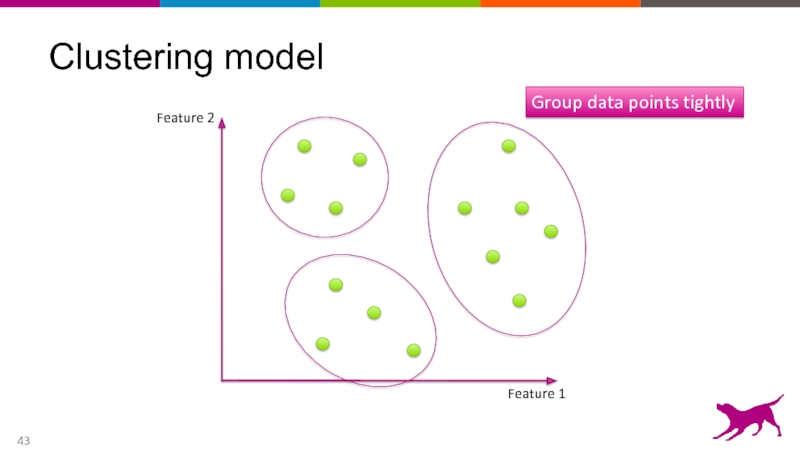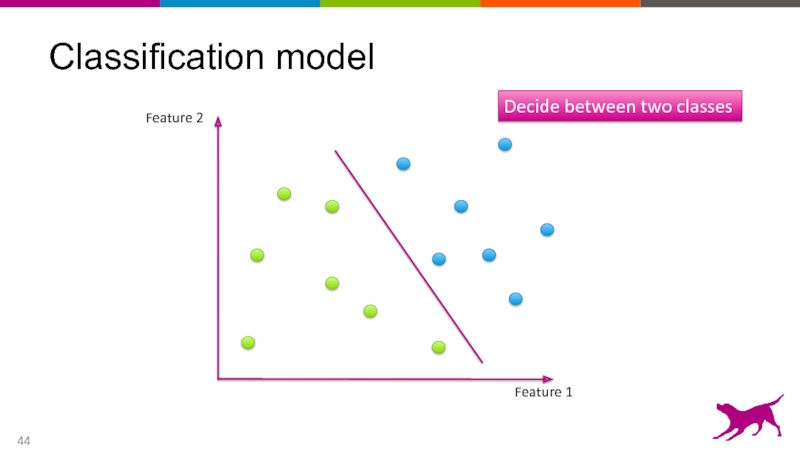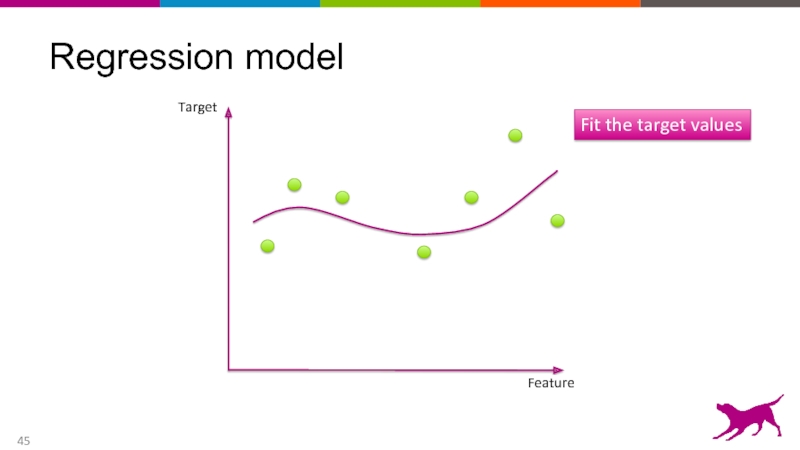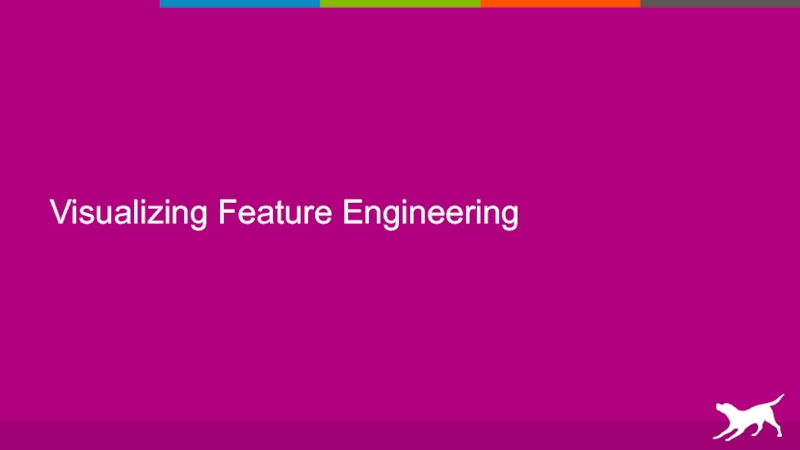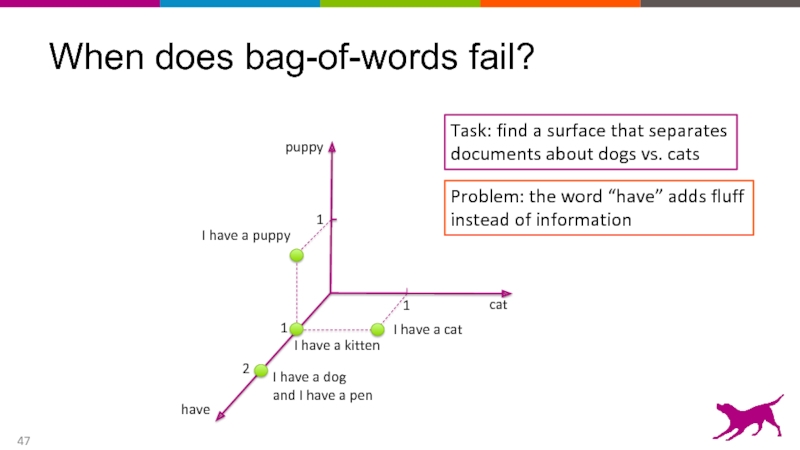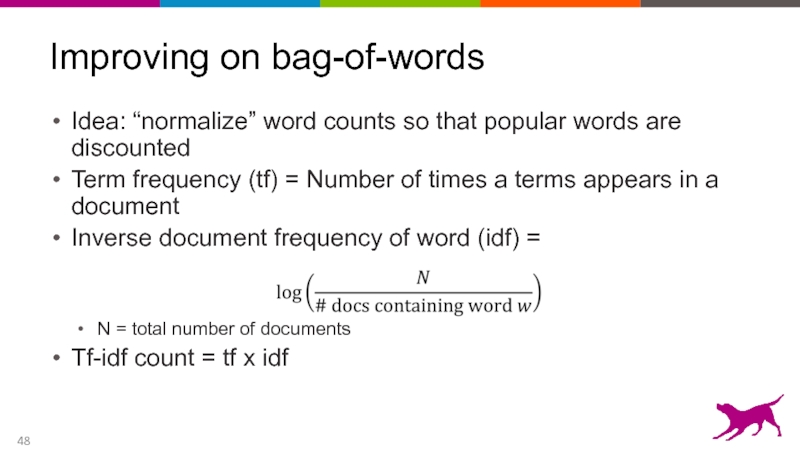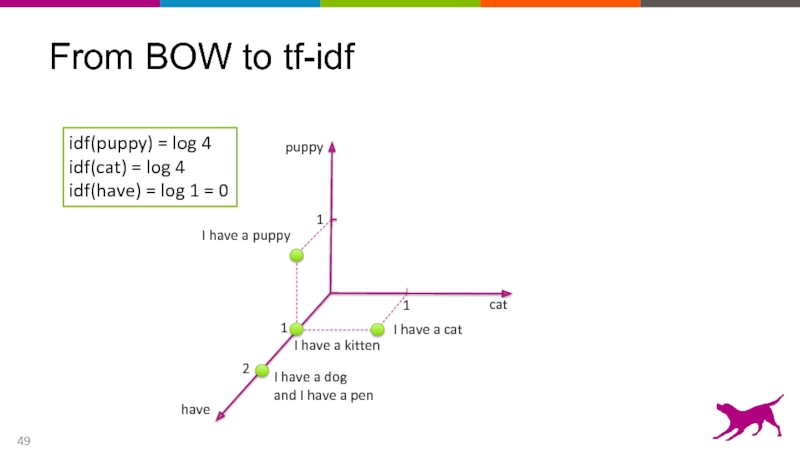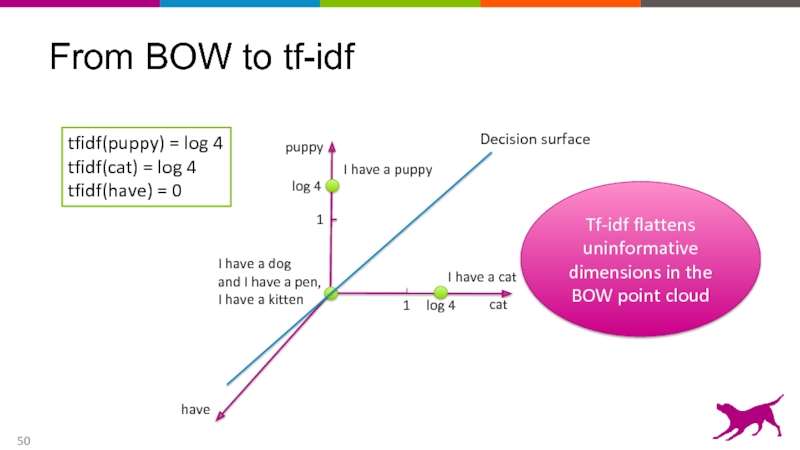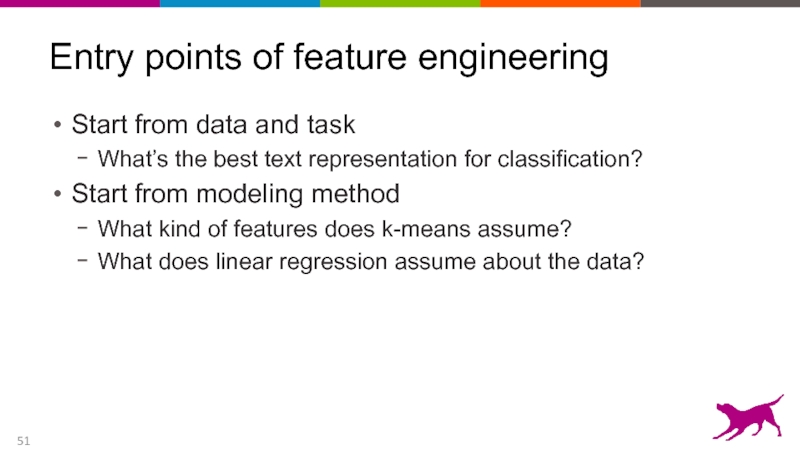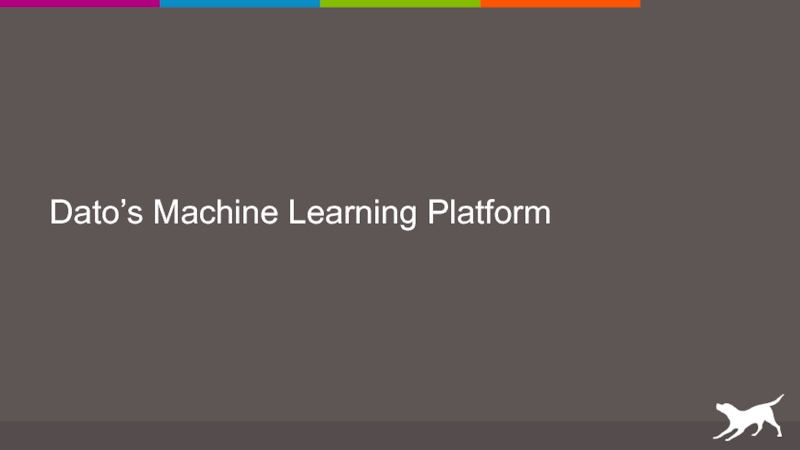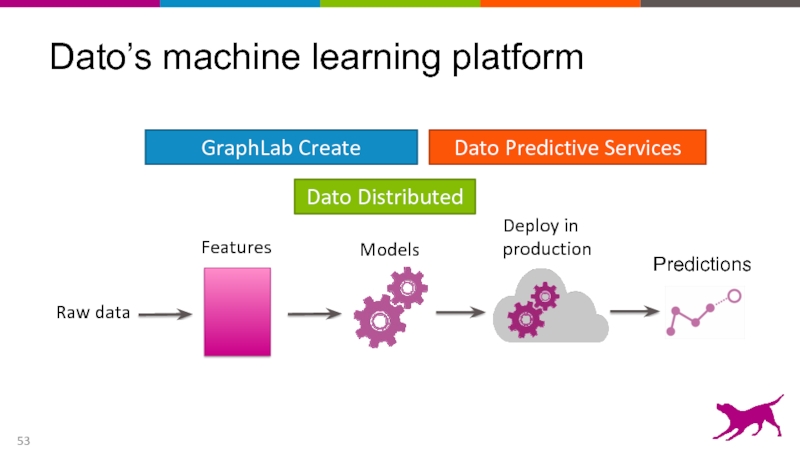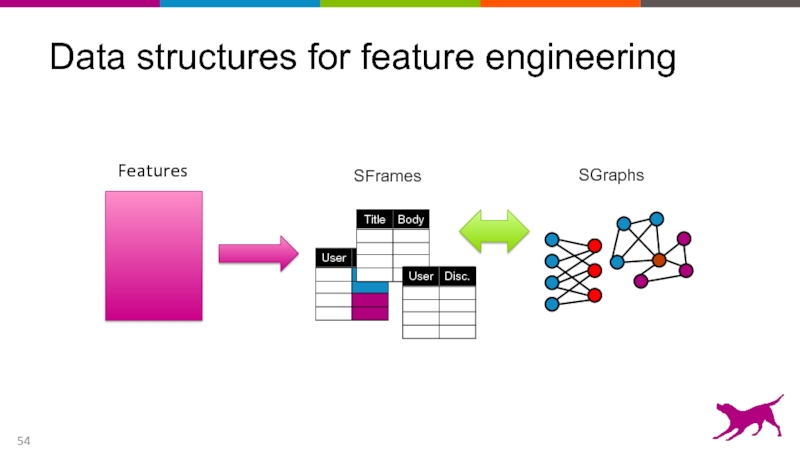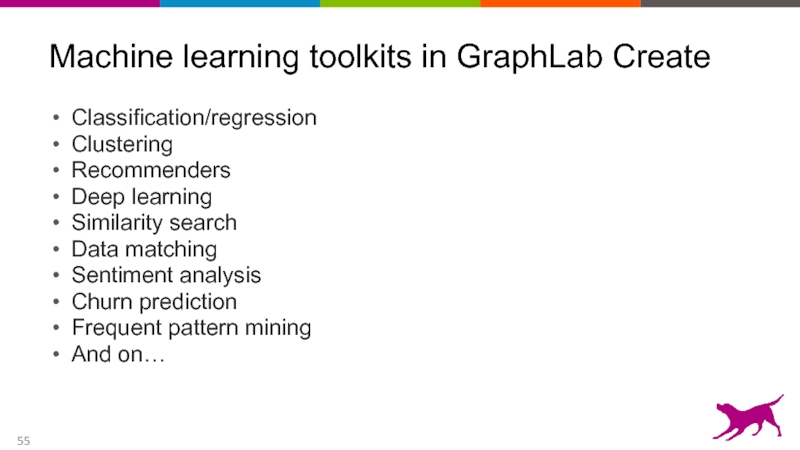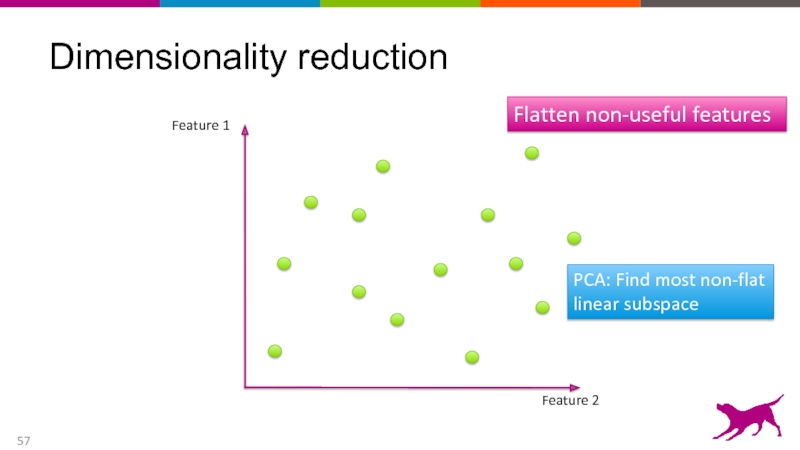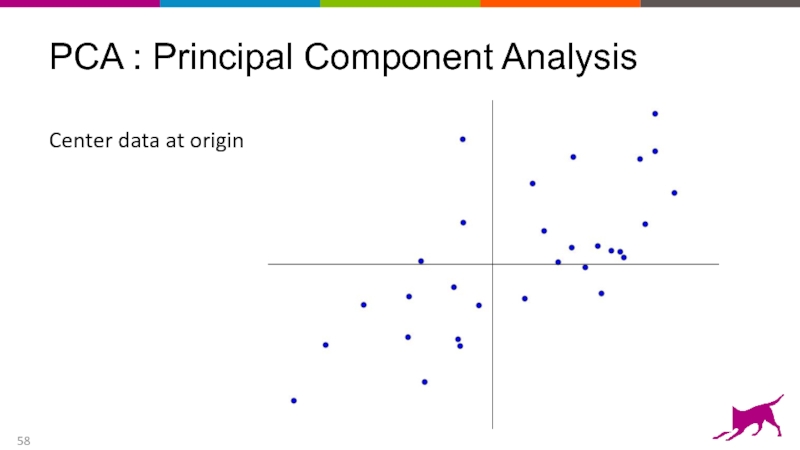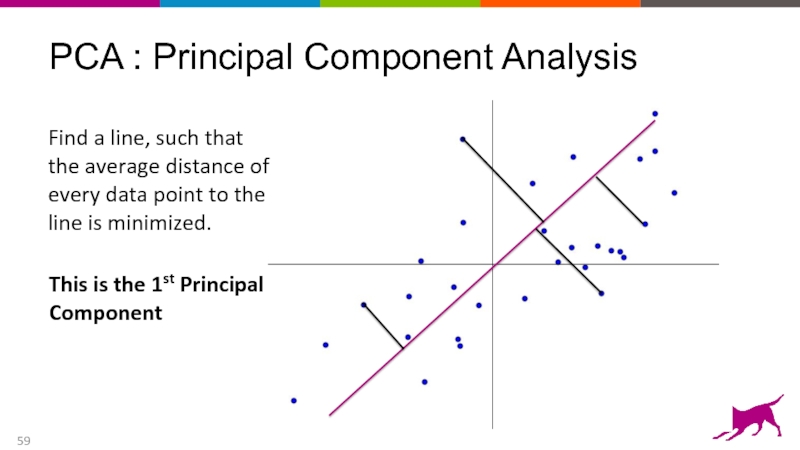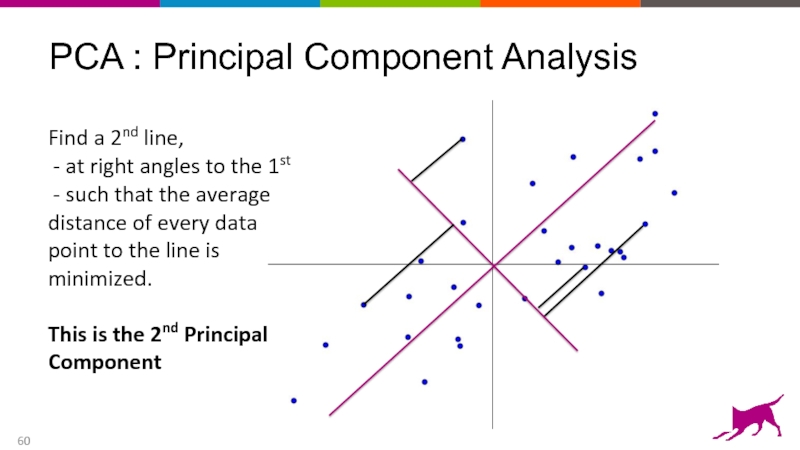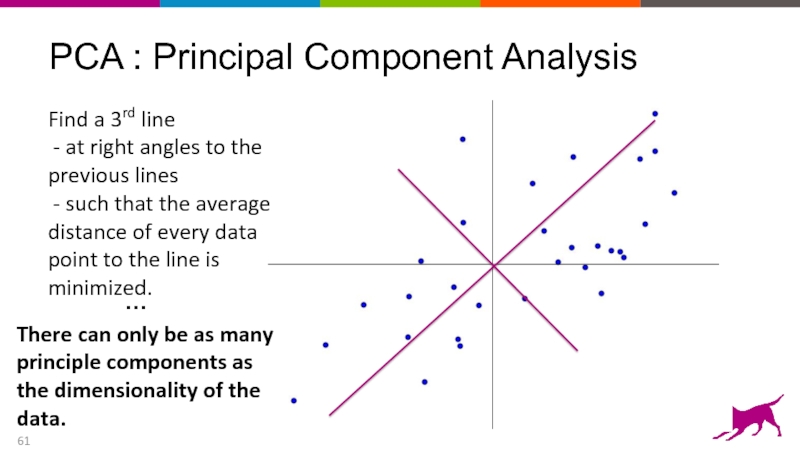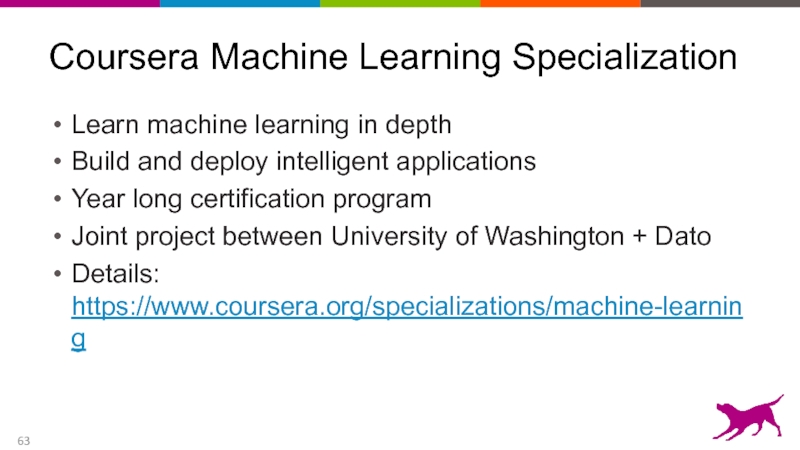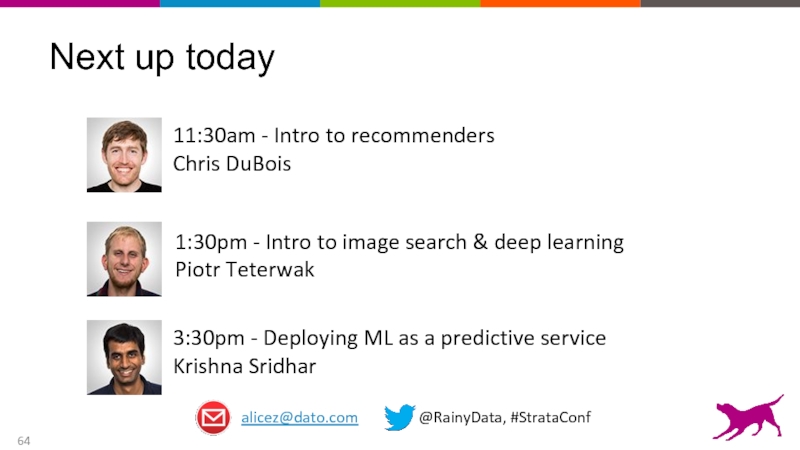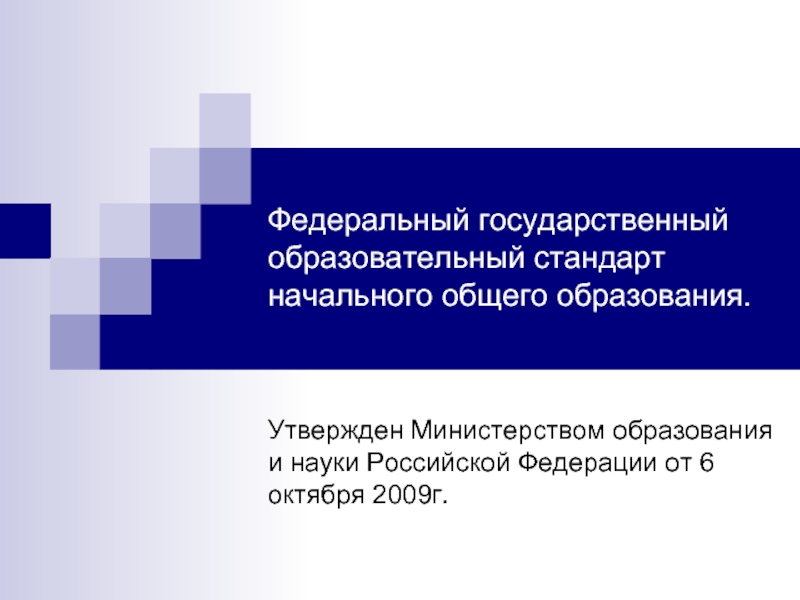- Главная
- Разное
- Дизайн
- Бизнес и предпринимательство
- Аналитика
- Образование
- Развлечения
- Красота и здоровье
- Финансы
- Государство
- Путешествия
- Спорт
- Недвижимость
- Армия
- Графика
- Культурология
- Еда и кулинария
- Лингвистика
- Английский язык
- Астрономия
- Алгебра
- Биология
- География
- Детские презентации
- Информатика
- История
- Литература
- Маркетинг
- Математика
- Медицина
- Менеджмент
- Музыка
- МХК
- Немецкий язык
- ОБЖ
- Обществознание
- Окружающий мир
- Педагогика
- Русский язык
- Технология
- Физика
- Философия
- Химия
- Шаблоны, картинки для презентаций
- Экология
- Экономика
- Юриспруденция
Overview of Machine Learning & Feature Engineering презентация
Содержание
- 1. Overview of Machine Learning & Feature Engineering
- 2. About us Chris DuBois Intro to recommenders
- 3. Why machine learning? Model data. Make predictions. Build intelligent applications.
- 4. Classification Predict amongst a discrete set of classes
- 5. Input Output
- 6. Spam filtering data prediction Spam vs. Not spam
- 7. Text classification EDUCATION FINANCE TECHNOLOGY
- 8. Regression Predict real/numeric values
- 9. Stock market Input Output
- 10. Similarity Find things like this
- 11. Similar products Product I’m buying Output: other products I might be interested in
- 12. Given image, find similar images http://www.tiltomo.com/
- 13. Recommender systems Learn what I want before I know it
- 15. Playlist recommendations Recommendations form coherent & diverse sequence
- 16. Friend recommendations Users and “items” are of the same type
- 17. Clustering Grouping similar items
- 18. Clustering images Goldberger et al. Set of Images
- 19. Clustering web search results
- 20. Machine learning … how? Data
- 21. The machine learning pipeline I fell in
- 22. Three things to know about ML Feature
- 23. Feature = numeric representation of raw data
- 24. Representing natural text It is a puppy
- 25. Representing natural text It is a puppy
- 26. Representing images Image source: “Recognizing and learning
- 27. Representing images Raw Image Deep learning features
- 28. Feature space in machine learning Raw data
- 29. Crudely speaking, mathematicians fall into two categories:
- 30. Algebra vs. Geometry a b c a2 + b2 = c2 Algebra Geometry (Euclidean space)
- 31. Visualizing a sphere in 2D x2 + y2 = 1
- 32. Visualizing a sphere in 3D x2
- 33. Visualizing a sphere in 4D x2
- 34. Why are we looking at spheres?
- 35. The power of higher dimensions A sphere
- 36. Visualizing Feature Space
- 37. The challenge of high dimension geometry Feature
- 38. Visualizing bag-of-words I have a puppy and it is extremely cute
- 39. Visualizing bag-of-words puppy cute 1 1 1 extremely
- 40. Document point cloud
- 41. Model = mathematical “summary” of features
- 42. What is a summary? Data ? point
- 43. Clustering model
- 44. Classification model
- 45. Regression model
- 46. Visualizing Feature Engineering
- 47. When does bag-of-words fail? puppy cat 2
- 48. Improving on bag-of-words Idea: “normalize” word counts
- 49. From BOW to tf-idf puppy cat 2
- 50. From BOW to tf-idf puppy cat 1
- 51. Entry points of feature engineering Start from
- 52. Dato’s Machine Learning Platform
- 53. Dato’s machine learning platform Raw data Features GraphLab Create Dato Distributed Dato Predictive Services
- 54. Data structures for feature engineering Features SFrames SGraphs
- 55. Machine learning toolkits in GraphLab Create Classification/regression
- 56. Demo
- 57. Dimensionality reduction
- 58. PCA : Principal Component Analysis Center data at origin
- 59. PCA : Principal Component Analysis Find a
- 60. PCA : Principal Component Analysis Find a
- 61. PCA : Principal Component Analysis Find a
- 62. Demo
- 63. Coursera Machine Learning Specialization Learn machine learning
- 64. Next up today alicez@dato.com
Слайд 1Overview of Machine Learning & Feature Engineering
Machine Learning 101 Tutorial
Strata +
Alice Zheng, Dato
Слайд 2About us
Chris DuBois
Intro to recommenders
Alice Zheng
Overview of ML
Piotr Teterwak
Intro to image
Krishna Sridhar
Deploying ML as a predictive service
Danny Bickson
TA
Alon Palombo
TA
Слайд 20Machine learning … how?
Data
Answers
I fell in love the instant I laid
Many systems
Many tools
Many teams
Lots of methods/jargon
Слайд 21The machine learning pipeline
I fell in love the instant I laid
Raw data
Features
Models
Слайд 22Three things to know about ML
Feature = numeric representation of raw
Model = mathematical “summary” of features
Making something that works = choose the right model and features, given data and task
Слайд 24Representing natural text
It is a puppy and it is extremely cute.
What’s
Classify:
puppy or not?
Raw Text
Слайд 25Representing natural text
It is a puppy and it is extremely cute.
Classify:
puppy or not?
Raw Text
Sparse vector representation
Слайд 26Representing images
Image source: “Recognizing and learning object categories,”
Li Fei-Fei, Rob
Raw image:
millions of RGB triplets,
one for each pixel
Raw Image
Слайд 27Representing images
Raw Image
Deep learning features
3.29
-15
-5.24
48.3
1.36
47.1
-1.9236.5
2.83
95.4
-19
-89
5.09
37.8
Dense vector representation
Слайд 28Feature space in machine learning
Raw data ? high dimensional vectors
Collection of
Feature engineering = creating features of the appropriate granularity for the task
Слайд 29Crudely speaking, mathematicians fall into two categories: the algebraists, who find
Слайд 34Why are we looking at spheres?
=
=
=
=
Poincaré Conjecture:
All physical objects without holes
is
Слайд 35The power of higher dimensions
A sphere in 4D can model the
High dimensional features can model many things
Слайд 37The challenge of high dimension geometry
Feature space can have hundreds to
In high dimensions, our geometric imagination is limited
Algebra comes to our aid
Слайд 42What is a summary?
Data ? point cloud in feature space
Model =
Слайд 47When does bag-of-words fail?
puppy
cat
2
1
1
have
Task: find a surface that separates
documents about
Problem: the word “have” adds fluff
instead of information
1
Слайд 48Improving on bag-of-words
Idea: “normalize” word counts so that popular words are
Term frequency (tf) = Number of times a terms appears in a document
Inverse document frequency of word (idf) =
N = total number of documents
Tf-idf count = tf x idf
Слайд 50From BOW to tf-idf
puppy
cat
1
have
tfidf(puppy) = log 4
tfidf(cat) = log 4
tfidf(have) =
1
log 4
log 4
Tf-idf flattens uninformative dimensions in the BOW point cloud
Слайд 51Entry points of feature engineering
Start from data and task
What’s the best
Start from modeling method
What kind of features does k-means assume?
What does linear regression assume about the data?
Слайд 53Dato’s machine learning platform
Raw data
Features
GraphLab Create
Dato Distributed
Dato Predictive Services
Слайд 55Machine learning toolkits in GraphLab Create
Classification/regression
Clustering
Recommenders
Deep learning
Similarity search
Data matching
Sentiment analysis
Churn prediction
Frequent
And on…
Слайд 57Dimensionality reduction
Feature 1
Feature 2
Flatten non-useful features
PCA: Find most non-flat
linear subspace
Слайд 59PCA : Principal Component Analysis
Find a line, such that the average
This is the 1st Principal Component
Слайд 60PCA : Principal Component Analysis
Find a 2nd line,
- at
- such that the average distance of every data point to the line is minimized.
This is the 2nd Principal Component
Слайд 61PCA : Principal Component Analysis
Find a 3rd line
- at right
- such that the average distance of every data point to the line is minimized.
…
There can only be as many principle components as the dimensionality of the data.
Слайд 63Coursera Machine Learning Specialization
Learn machine learning in depth
Build and deploy intelligent
Year long certification program
Joint project between University of Washington + Dato
Details: https://www.coursera.org/specializations/machine-learning
Слайд 64Next up today
alicez@dato.com @RainyData,
11:30am - Intro to recommenders
Chris DuBois
1:30pm - Intro to image search & deep learning
Piotr Teterwak
3:30pm - Deploying ML as a predictive service
Krishna Sridhar
